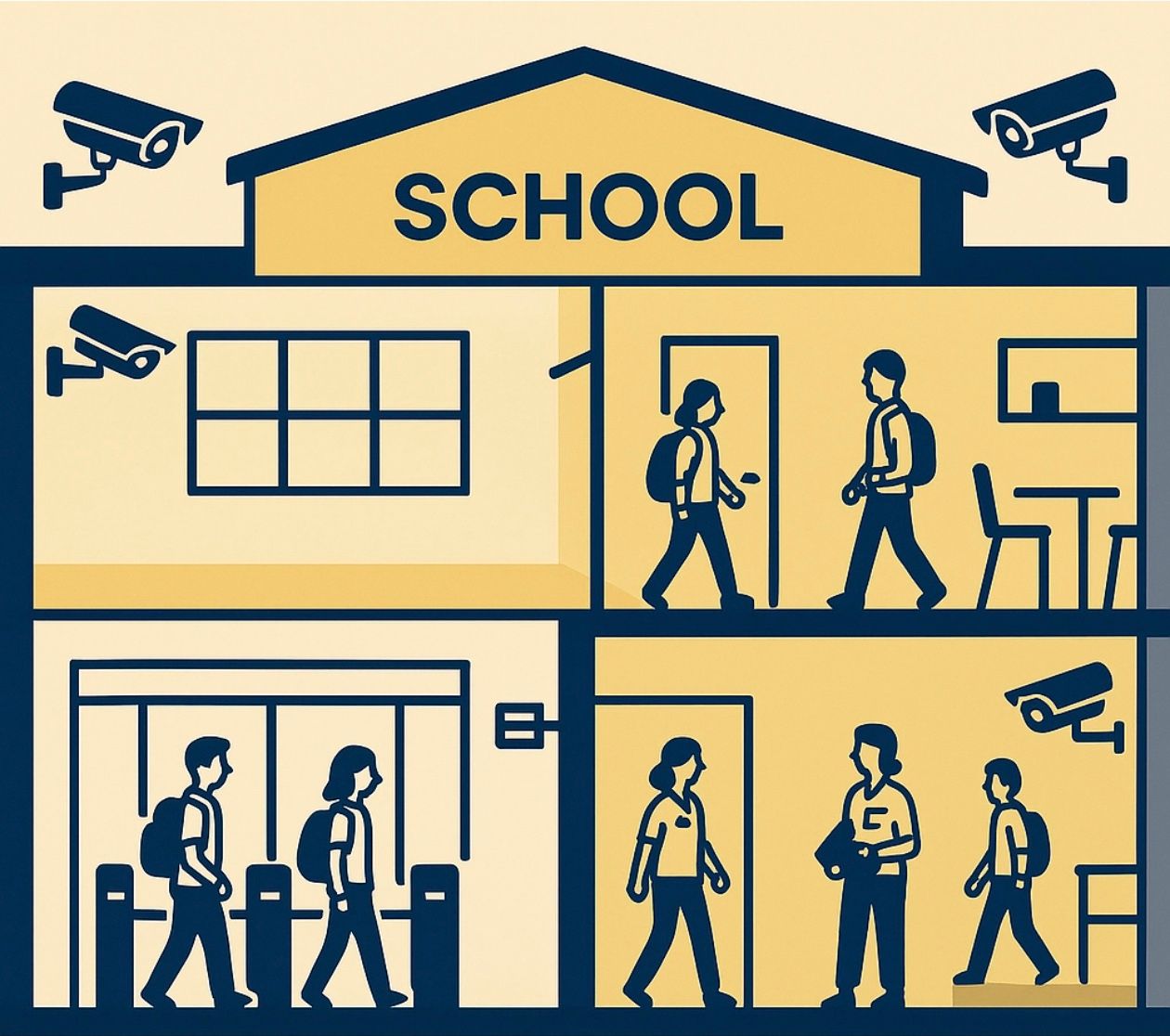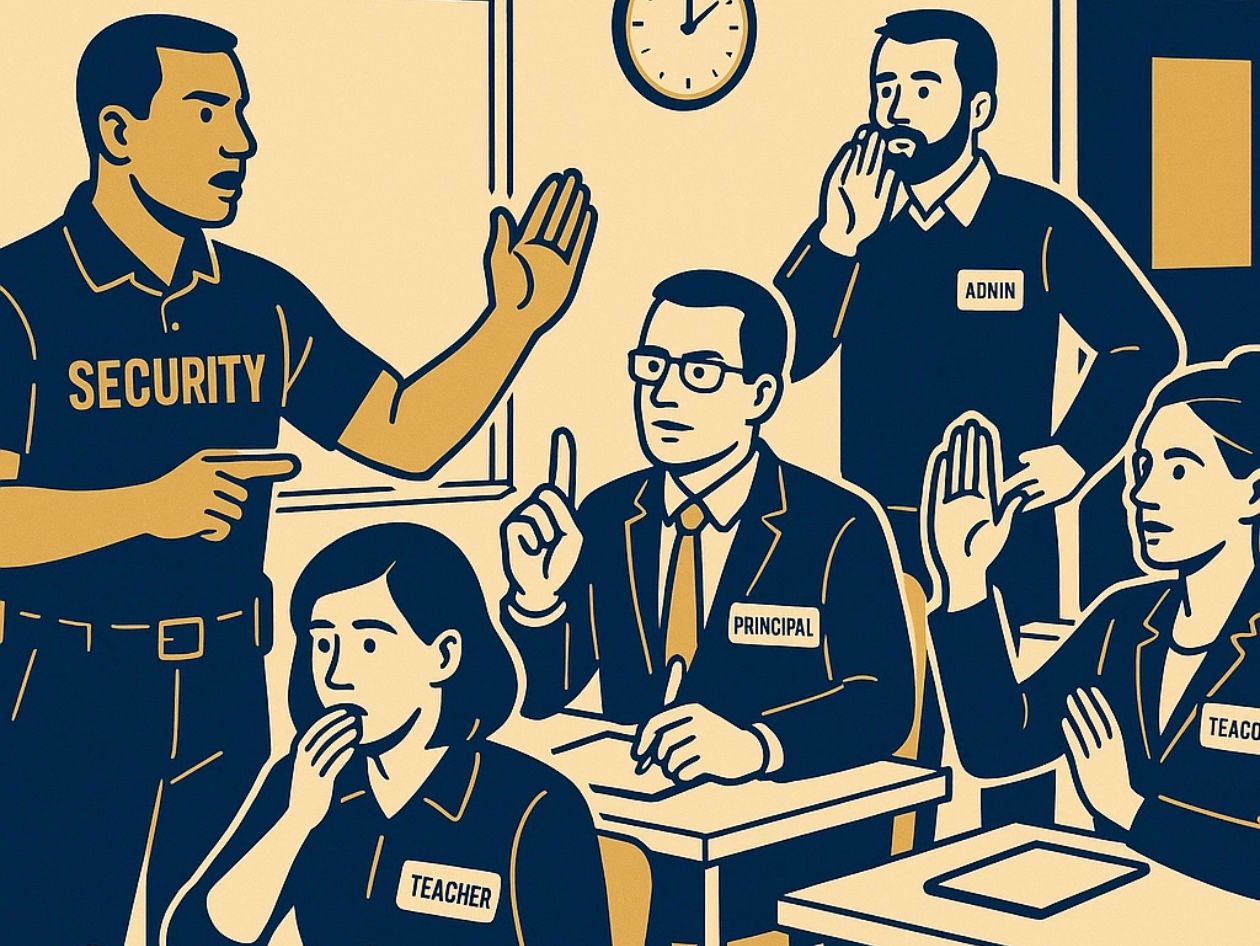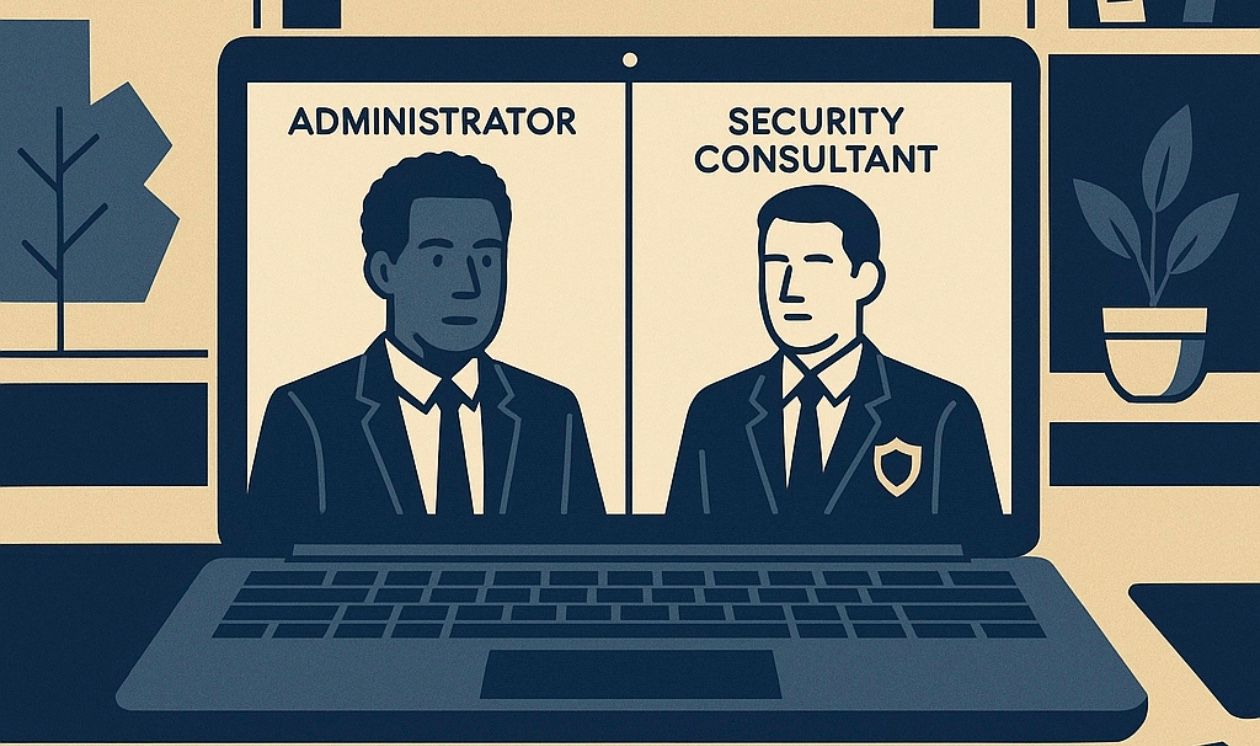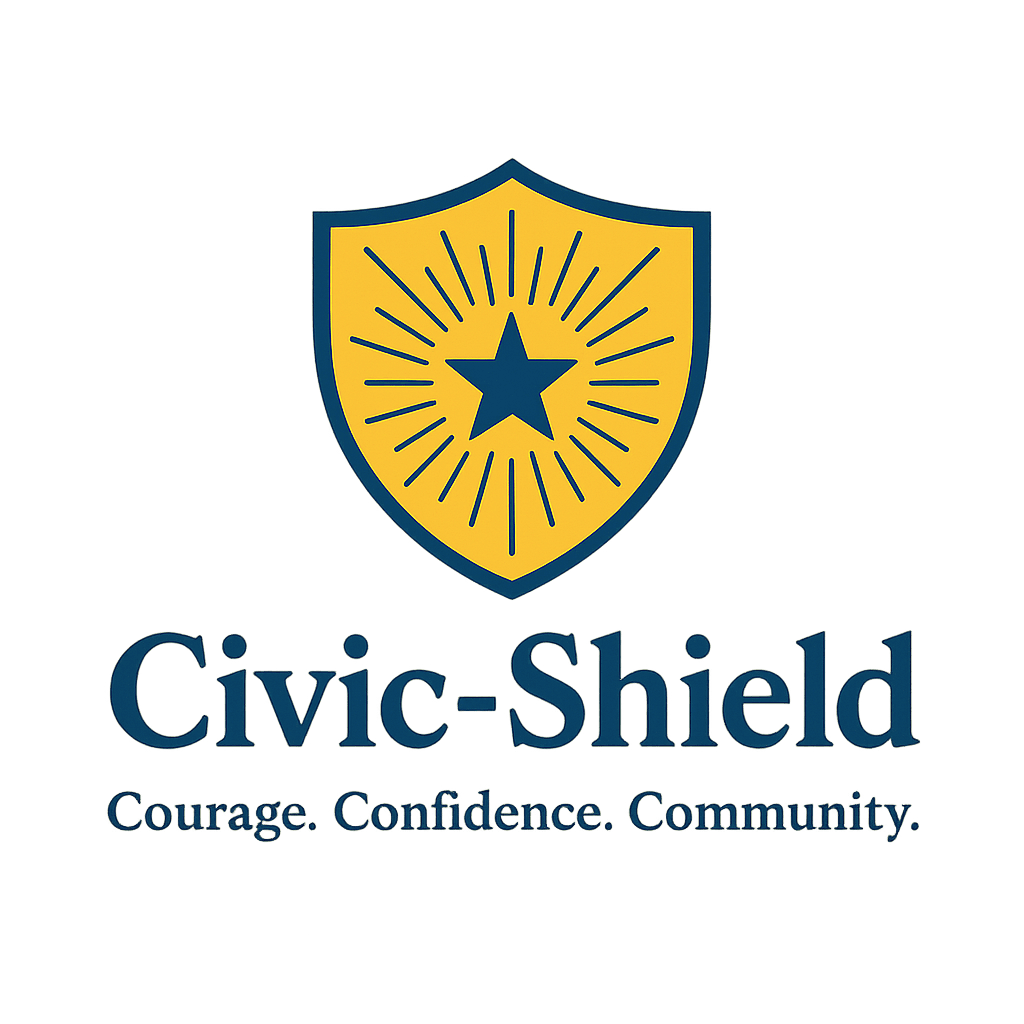The New Standard in School Safety: Practical Plans, Real Training, and Virtual CSO Support
CS
School safety isn't just about locked doors and visitor badges anymore. Today's educational institutions face complex security challenges that require sophisticated, coordinated responses. From physical threats to cyber vulnerabilities, schools need comprehensive safety strategies that go far beyond basic emergency procedures.
The reality is sobering: school administrators are expected to be security experts overnight, often without the specialized knowledge or resources to build truly effective safety programs. That's where the new standard of school safety comes in—one that combines practical planning, real-world training, and expert Virtual Chief Security Officer (CSO) support.
The Evolution of School Safety Standards
Recent legislative changes across states like Texas and California have established unified school safety standards that emphasize systematic approaches over ad-hoc solutions. These frameworks require schools to develop comprehensive safety plans that address everything from daily operational security to emergency response protocols.
But here's the challenge: compliance isn't the same as effectiveness. Many schools check the boxes on required safety measures without building truly robust security programs. The difference lies in having expert guidance that transforms regulatory requirements into practical, effective safety strategies.

Physical Security: The Foundation of Safe Schools
Physical security forms the backbone of any effective school safety program. This isn't just about installing cameras and upgrading locks—though those elements matter. It's about creating layered security systems that deter threats, detect problems early, and respond effectively when incidents occur.
Access Control Systems have evolved beyond simple key cards. Modern schools need sophisticated entry management that includes visitor screening, staff credential verification, and real-time monitoring capabilities. The best systems integrate seamlessly with daily operations while maintaining strict security protocols.
Perimeter Security requires strategic assessment of campus vulnerabilities. This includes evaluating fence lines, parking areas, outdoor facilities, and building approaches. Each school's physical layout presents unique challenges that generic solutions can't address effectively.
Interior Security Zones help contain and manage potential threats. By creating defined security areas within buildings, schools can better control movement during emergencies and provide safe spaces for students and staff.
The key is understanding that physical security measures must work together as a coordinated system. Random security upgrades without strategic planning often create gaps that sophisticated threats can exploit.
Active Shooter Preparedness: Beyond Basic Drills
Active shooter preparedness has become a critical component of school safety planning, but many institutions struggle with effective implementation. Traditional lockdown drills, while important, represent just one piece of a comprehensive active threat response strategy.
Threat Assessment Programs form the foundation of proactive protection. These systems help identify concerning behaviors before they escalate into violence. Effective threat assessment requires trained personnel who can distinguish between students in crisis and genuine security threats.
Staff Training Programs must go beyond basic procedures. Teachers and administrators need practical skills for threat recognition, crisis communication, and emergency decision-making. This training should include scenario-based exercises that prepare staff for real-world situations.

Student Awareness Programs balance safety education with age-appropriate messaging. Students need to understand safety protocols without creating anxiety or fear-based learning environments. The best programs integrate safety awareness into daily school culture.
Coordination with First Responders ensures that school safety plans align with local law enforcement and emergency response capabilities. This includes joint training exercises, communication protocols, and facility familiarization for responding agencies.
Many schools struggle to develop and implement these comprehensive programs due to limited expertise and resources. This is where specialized security consulting becomes invaluable.
The Virtual CSO Advantage
The concept of a Virtual Chief Security Officer (CSO) is transforming how schools approach safety leadership. Rather than hiring full-time security executives—often beyond most school budgets—districts can access expert security leadership through virtual arrangements.
Strategic Security Planning becomes accessible to schools of all sizes. Virtual CSOs bring enterprise-level security expertise to educational environments, developing customized safety strategies that address specific campus vulnerabilities and community risks.
Ongoing Program Management ensures that safety initiatives remain current and effective. Security threats evolve constantly, and schools need adaptive programs that can respond to changing risks. Virtual CSOs provide continuous oversight and program refinement.
Crisis Response Leadership offers schools access to experienced security professionals during emergencies. When critical incidents occur, having expert guidance available immediately can make the difference between effective response and dangerous confusion.
Budget-Effective Expertise makes professional security leadership affordable for educational institutions. Schools get C-level security expertise without C-level costs, allowing them to invest resources across multiple safety initiatives rather than concentrating spending on single personnel positions.

Practical Implementation: From Planning to Action
Effective school safety programs require systematic implementation that addresses immediate needs while building long-term security capabilities. The process begins with comprehensive risk assessment that evaluates both physical and operational vulnerabilities.
Risk Assessment and Gap Analysis identifies specific security challenges facing each campus. Generic safety checklists miss the unique factors that influence security at individual schools. Professional assessments evaluate everything from building design and community demographics to staff capabilities and available resources.
Customized Safety Planning translates risk assessment findings into actionable security strategies. These plans integrate federal and state requirements with practical security measures that work within existing school operations and budgets.
Training Program Development creates education initiatives tailored to specific school communities. Effective training considers factors like staff experience levels, student demographics, available time for training sessions, and integration with existing professional development programs.
Technology Integration ensures that security systems support rather than complicate daily operations. The best security technology becomes nearly invisible to users while providing robust protection and monitoring capabilities.
Building a Culture of Safety
Sustainable school safety requires more than policies and procedures—it demands a culture where safety awareness becomes part of daily school life. This cultural shift happens through consistent leadership, clear communication, and community engagement.
Leadership Commitment demonstrates that safety is a genuine priority rather than a compliance exercise. When administrators actively participate in safety initiatives and allocate appropriate resources, the entire school community takes notice.
Community Engagement brings parents, local businesses, and community organizations into school safety efforts. The most effective safety programs extend beyond campus boundaries to include broader community support and resources.
Continuous Improvement ensures that safety programs evolve with changing threats and circumstances. Regular program evaluation, incident analysis, and stakeholder feedback help schools maintain effective security measures over time.
Professional Support Makes the Difference
School safety is too important to leave to chance or amateur implementation. Professional security consulting provides schools with the expertise needed to build truly effective safety programs that protect students and staff while supporting positive learning environments.
At Civic-Shield, we understand the unique security challenges facing educational institutions. Our team brings decades of security expertise to school safety planning, offering comprehensive services that include physical security risk assessments, active threat preparedness training, and Virtual CSO services designed specifically for educational environments.
We work with schools to develop practical, budget-conscious safety strategies that meet regulatory requirements while providing real protection. Our approach combines strategic planning with hands-on implementation support, ensuring that safety programs work effectively in real-world school settings.
Don't leave your school's safety to chance. Contact the experts at Civic-Shield today to learn how professional security consulting can help your institution build comprehensive safety programs that truly protect your school community. Visit civic-shield.com to schedule your consultation and discover how the new standard in school safety can work for your district.
